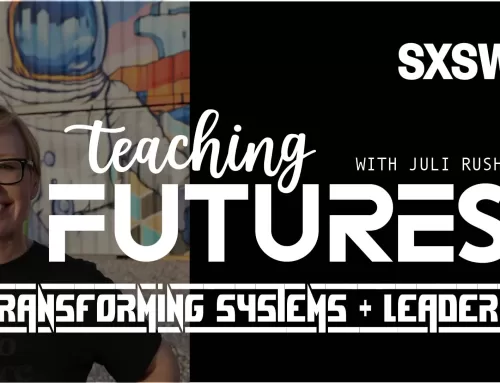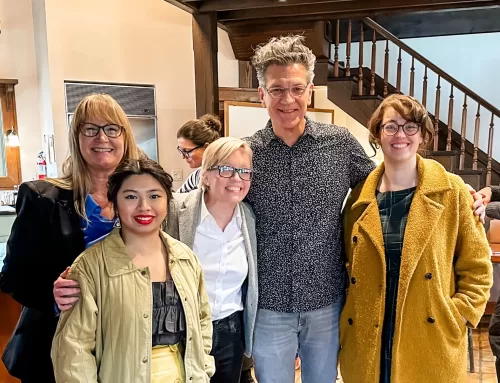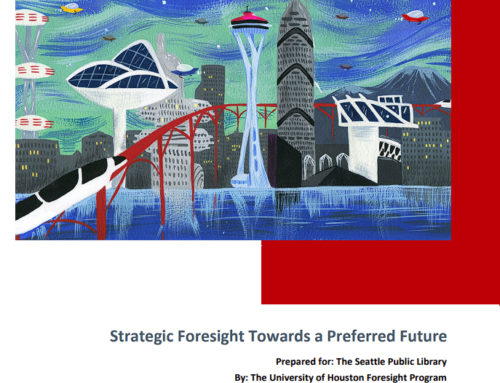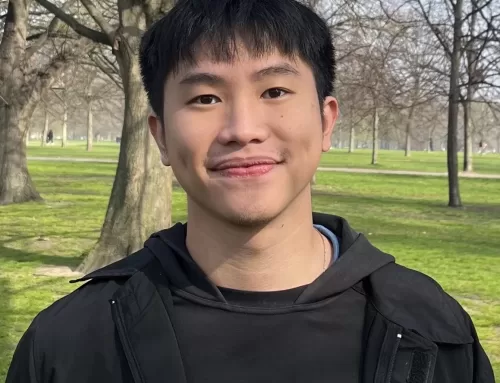Contributor Sara Fogarty
The Future of Work is a sexy topic at the moment. Work has always been the center of our lives, and identity, in America but now there is an increased anticipation about what is next. There are numerous questions being explored, from where we will physically conduct our work to whether we will shorten the hours on the clock or focus on time at all, to what exactly will we be doing if AI takes over our jobs? Personally, as a working woman, I’m looking forward to the day when Rosey from the Jetsons finally becomes a reality.
As changes related to work gain traction, there are many inputs to consider. The cross-disciplinary dependencies on the Future of Work in the longer horizon will be especially complex and there is an important intersection we cannot ignore: The Future of Work, the Future U.S. Economy, and the Future of Healthcare in the United States.
 The Future Workforce
The Future Workforce
The hybrid workplace is trending, but farther out is a hybrid workforce. The workforce in 2050 has been forecasted to have fewer “permanent” jobs and be incredibly fluid. Most workers will be free agents, not just the sports stars. Companies who want to keep up with the pace of change will need to have dynamic workforces. The ability to augment with specialized talent quickly, pivot to a new business direction ahead of competitors, and thrive financially in a global market will require different models.
In an international Delphi-study of the Millennium project the indicators are that in 2050 there will be fewer employee-employer relationships. A key capability for workers will be life-long learning and “knowledge nomads” will make up a significant amount of the workforce.
Already we are seeing signals of this with digital natives in the workforce who absorb information as if through osmosis. They have an unquenchable thirst for learning, creating, and achieving. They don’t want to be placed into a box of knowing only one domain. They want to reach fulfillment by continually enriching their knowledge and skills. Having multiple work experiences in order to gain new abilities is what Gen Z and beyond will be seeking. The way of working the Industrial Revolution started is struggling to exist. I mean, it is almost 300 years old already!
The U.S. in the Global Economy
What do free agents mean for the economy? They will be the necessary stimulant. The United States’ position as the world’s economic powerhouse could very well be different in the future. Research forecasts that the emerging economies of China and India will surpass the United States by 2050. Maybe this is ok if the U.S. is transitioning to a post-capitalist era and the end of glorifying work, but I’m not convinced we will be that self-actualized as a nation by then. We love idolizing the GDP.
It’s crucial for the United States to have a versatile workforce to compete globally, for many statistical reasons. Both China and India will benefit from their massive populations driving domestic market growth. While we were all finding our way during year one of the pandemic, China was the only major economy experiencing positive growth in 2020, and the forecast is they will continue to grow at a faster rate than the U.S. economy. Their growth is being driven by a number of factors. China has designated renewables a strategic industry and is dominant there. They are the world’s leader in the production and sale of electric vehicles and the world’s largest producer, exporter, and installer of solar panels, wind turbines, and batteries.
Technology will also drive growth in spite of their aging population. As the Economic Times reported, China invests $440 billion a year on research and development, nine of the world’s 20 largest internet companies are Chinese, and small companies hosted on Alibaba created 30 million jobs in a ten year period, more than China lost in fading industries.
India has the advantage of a large upcoming workforce and has been implementing reforms such as the goods service tax (GST) to stimulate growth. Half of India’s population of 1.3 billion is under the age of 25. To put that in context, the entire United States population is 331 million, and to further blow your mind the number of centenarians in the U.S. in 2060 will be 630,000. Presumably those centenarians will not be working and contributing to the economy. Countries that are currently world economic leaders have an aging population, which will impact their workforce and economy. The advantage on the global stage will be the countries with younger workforces. It would be in our best interest to ensure as much flexibility and freedom from restrictions upon our workforce to create new economic money streams for our country.
Globally, unemployment is forecast to be high during the transition period of upskilling workers as technology automates work. The upside of AI and automation taking on many tasks currently done by humans is we will be free to move on to that elusive Spiral Dynamics turquoise level. Humans are not designed to focus on repetitive manual tasks. Our brains and emotions should be leveraged for a higher existence. But to completely reach that height we cannot be in a place where we are worrying about survival, like how to secure care when we are not well. Both China and India have universal healthcare. Although not perfect, they continue to invest and review how to improve their systems to provide access and affordability to a basic necessity.
 Healthcare is the Undercurrent
Healthcare is the Undercurrent
One of the best things about working at a successful company is the excellent benefits provided. Those benefits are both an underlying security blanket and a tether preventing free agency. If you, or someone you know has ever lost their job, retired, or is a freelancer, you know the alarming cost of paying those premiums. And all benefits are not created equal. The medical insurance someone receives at a software company in Silicon Valley is not the same as what a grocery cashier in Texas has. What would happen if those inequities were taken out of the equation? There would be more freedom for people to dream and ideate new ways to contribute to our economy versus just trying to survive.
In the future, one scenario is companies will hire a higher percentage of contractual workforces or individuals for specific projects instead of a massive full-time employee population. Today, approximately 68% of the U.S. population holds private medical insurance which is primarily provided through their employer. Nine percent have no insurance at all. If future workers are not able to access medical insurance through their employer, where will they turn?
Workers of the future will want the freedom to do work they enjoy, learn new skills, have work-life choices, and ultimately to take on various jobs to support themselves. If the elastic workforce comes to fruition in the future it can create more fulfillment for workers, enable the resources businesses need when they need it, and if a stable, affordable healthcare system is the undercurrent, it could facilitate a growing, dynamic economy. Imagine if you had the ultimate freedom to have a workstyle that completely aligns to how you want to live and not have to be dependent on an employer for medical care. Now that is truly driving your career.
So, what will we make of this trifecta? Although simplicity is the rage, the future will continue to become more complex. It will be prudent for us to use foresight to plan for these shifts in how we work, live, and thrive. Covid-19 alone has shown us we’re not in Kansas anymore. The world is not returning to the way it was. Let’s really think differently and take healthcare out of the equation when it comes to fueling the U.S. economy. The makers, the innovators, the entrepreneurs….they are the engine of our future economy. They are also humans who need to be taken care of to thrive, which requires a stable, easily accessible, universal healthcare system.
Is the Future of Work dependent on the Future of Healthcare? I say yes.
About the Author

Sara Fogarty




